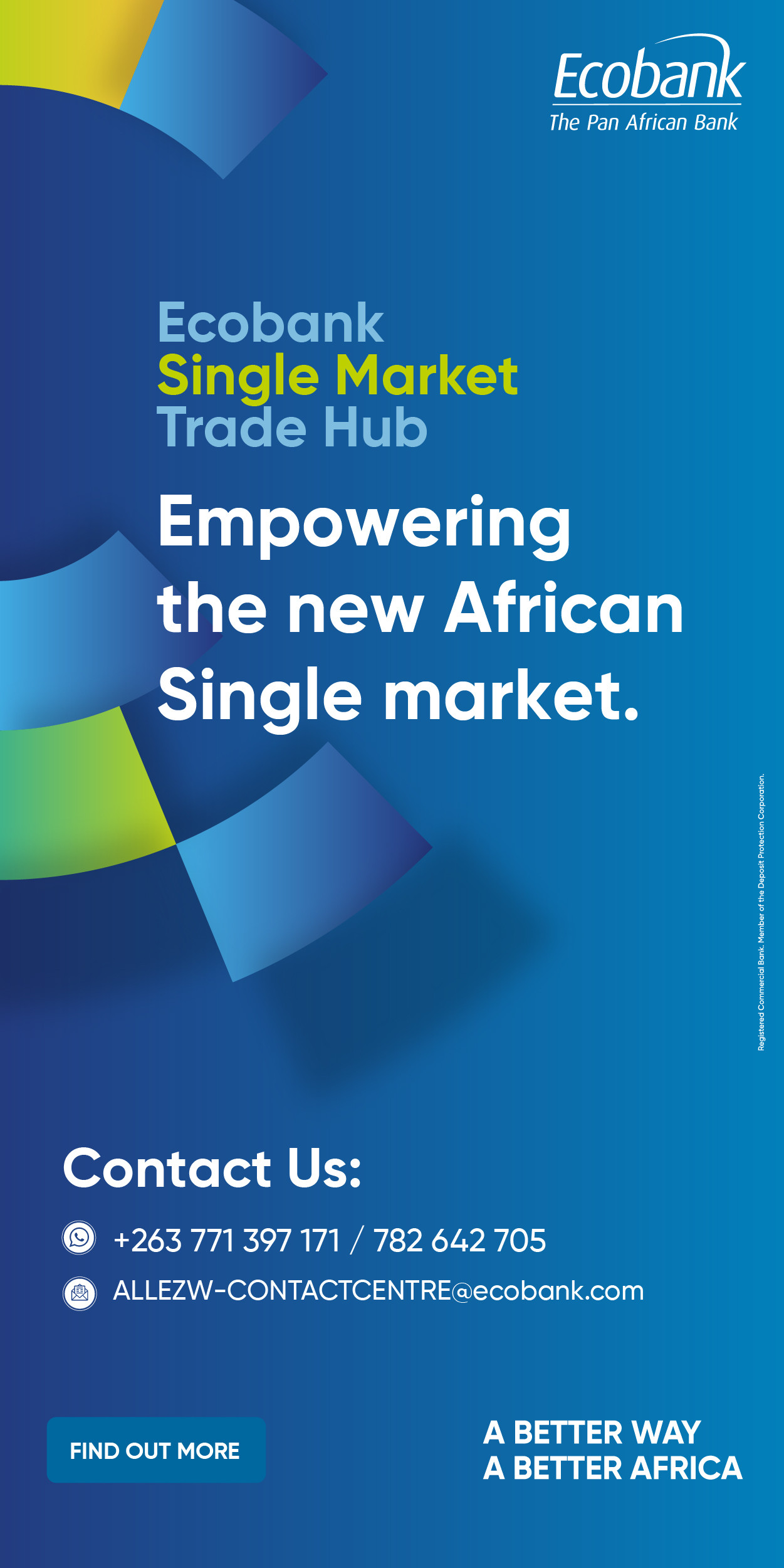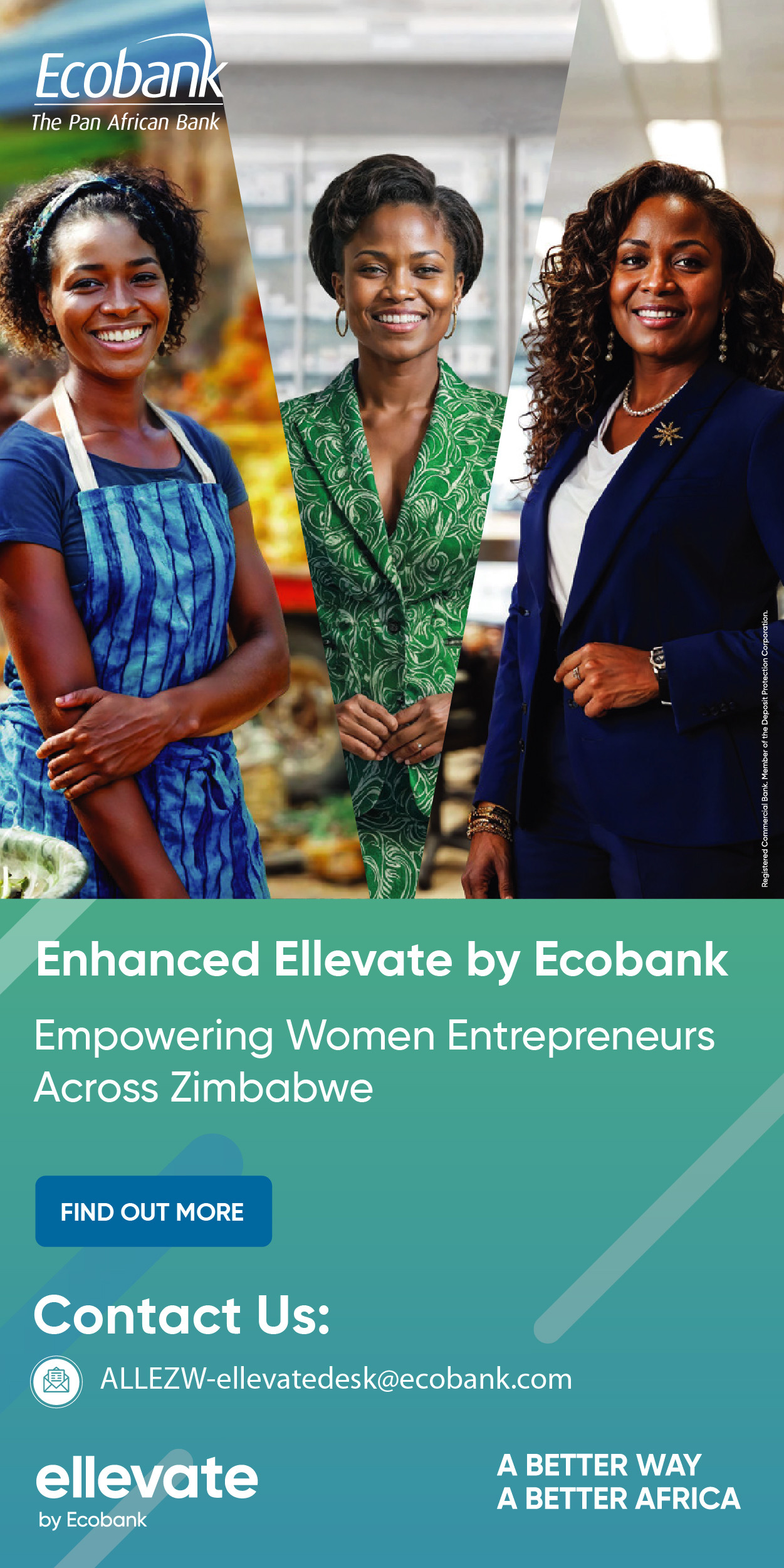- Zimbabwe’s 2025 ultimatum to ban street vending and second-hand clothing sales endangers 5.2 million informal workers, who contribute 64.7% to GDP
- The ban aims to curb tax evasion, protect local textile industries, and align with Vision 2030, but high costs at designated markets and heavy-handed enforcement risk social unrest
- Kenya, Ghana, and China offer models for integrating informal traders, avoiding economic disruption with gradual formalisation and stakeholder dialogue
Harare- In a few days, street vendors will no longer be permitted in Zimbabwe’s urban centres if the government follows through on its August 2025 one-month ultimatum to ban street vending and second-hand clothing sales, a policy aimed at enforcing economic formalisation and urban order.
In early August 2025, Zimbabwe’s government issued a one-month ultimatum to ban street vending and second-hand clothing sales, aiming to formalise the economy and enhance urban order.
This policy has sparked a heated debate, weighing the livelihoods of approximately 5.2 million informal workers contributing 64.7% to the nation’s GDP against the state’s goals of economic modernisation, public health, and infrastructure development.
This article analyses the ban’s implications, evaluates the government’s support measures for vendors, and explores alternative models from other countries to identify potential solutions for Zimbabwe.
While the ban is seen by some vendors as a betrayal of the “Vendors for ED” campaign slogan from the 2023 elections, it is a necessary effort to enforce the rule of law and promote economic formalisation. The law is the law, and unregulated informal trading, which evades taxation and undermines local industries, contributes to fiscal losses that hinder infrastructure and service development, as evidenced by the decline of retailers like Metro Peach and Truworths.
However, rapid vending is a symptom of a deeper economic failure, characterized by high unemployment, currency instability, and systemic issues like corruption, which drive millions to informal trade for survival.
Aligning with Vision 2030, the ban aims to protect the textile sector and integrate vendors into structured markets, but a gradual implementation is critical, especially for vendors of foodstuffs serving low-income communities. By expanding affordable vending zones and providing transitional support, the government can address compliance without exacerbating the economic hardship rooted in these underlying challenges.
Zimbabwe’s informal sector is a vital economic pillar, employing 5.2 million people, predominantly women, in a country where over 40% of the population lived in extreme poverty in 2024.
Street vendors, often earning as little as US$1 daily, provide affordable goods like second-hand clothing, catering to low-income consumers unable to access formal retail, a market that Edgars is now targeting through its chain stores.
This sector bridges gaps left by the collapse of formal industries, driven by high unemployment, currency instability, and systemic challenges like corruption.
The August 2025 ban threatens to disrupt these livelihoods, potentially exacerbating poverty and sparking social unrest.
The government has designated vending zones, such as Mbare Musika and Copacabana in Harare, to regulate informal trading, but these sites cannot accommodate the growing number of traders.
For example, the rebuilt Mbare Musika Market, completed in April 2025 after a 2024 fire, supports only 2,000 of the 5,000 displaced vendors, leaving many without viable options within the one-month deadline.
Minister Daniel Garwe defends the ban as critical for economic formalisation, aligning with President Emmerson Mnangagwa’s Vision 2030 for an upper-middle-income economy.
Informal trading’s tax evasion results in significant revenue losses, limiting the state’s ability to fund infrastructure and services.
The decline of retailers like Metro Peach, NRichards, and Truworths, now under corporate rescue, is partly linked to competition from untaxed second-hand clothing imports, particularly from China.
The ban seeks to protect local textile industries and integrate vendors into structured markets, but its abrupt rollout, without adequate transitional support, risks intensifying economic hardship for vendors.
Government Initiatives and Their Limitations
The government has implemented measures to support street vendors, particularly in Harare’s trading hubs. After the October 2024 fire at Mbare Musika, the government, with the City of Harare and Masimba Holdings, completed the first phase of a modernised market by April 2025, accommodating 2,000 traders with improved hygiene, security, and convenience facilities.
This initiative, part of a broader urban renewal plan, aims to provide a dignified trading environment and is set to expand across Zimbabwe’s 10 provinces.
A transparent vendor verification process, overseen by government ministers, seeks to ensure fair stall allocation, while a microfinance facility supports small-scale entrepreneurs, aligning with Vision 2030 and Sustainable Development Goals.
Designated vending zones, including Copacabana, Charge Office, Market Square, and Fourth Street bus termini, aim to organise informal trading, reduce CBD congestion, and offer legal protection from municipal police interference.
A licensing system requires vendors to obtain hawker’s permits to comply with public health and safety standards. Market management committees at sites like Copacabana and Mupedzanhamo Flea Market oversee stall allocations and dispute resolution, promoting collaboration between vendors and authorities.
However, these measures fall short.
At Mbare Musika, vendors face steep fees, a US$150 deposit, US$50 weekly rent, US$1 per toilet visit, and a US$240 monthly parking fee that are unaffordable for traders with low-margin goods.
The Vendors Initiative for Social and Economic Transformation (VISET) notes that these costs, often higher than CBD shop rentals, drive vendors to undesignated areas, undermining formalisation.
At Copacabana, costly hawker’s permits force many to operate illegally. Limited capacity at designated sites, coupled with inadequate infrastructure like sanitation and clean water, creates health risks and poor working conditions.
Ongoing police crackdowns, such as the March 2025 directive to clear Harare’s streets, disrupt livelihoods and contradict supportive measures.
Outdated bylaws and a lack of vendor consultation, as highlighted by the National Vendors Union of Zimbabwe, lead to inconsistent enforcement and harassment.
Comparative Models for Informal Sector Integration
Other countries provide frameworks Zimbabwe could adapt to balance formalisation with vendor support. Kenya’s 2017 Street Vendors Act regulates vending through licensing and designated zones in Nairobi, equipped with sanitation and lighting.
During the COVID-19 pandemic, Kenya’s Urban Cash Response program provided cash transfers to over 300,000 informal households, supporting livelihoods.
While importing US$248 million in second-hand clothing in 2021, Kenya promotes local textiles through the “Buy Kenya, Build Kenya” campaign without outright bans, acknowledging the sector’s economic role.
Ghana regulates vending through licensing and markets like Makola, with the Informal Economy Workers’ Forum fostering dialogue to reduce tensions. Taxes on second-hand clothing imports fund local industries, balancing economic priorities.
Rwanda’s modern markets and EjoHeza savings scheme promote financial inclusion, though its 2016 ban on second-hand clothing faced challenges due to smuggling and economic reliance.
Meanwhile, China’s night markets in cities like Shanghai and Beijing demonstrate regulated informal trading with permits, minimal taxes, and microfinance, supported by infrastructure to maintain order while contributing to local economies.
These models highlight the value of designated markets, affordable licensing, and stakeholder engagement to integrate informal traders effectively.
While initiatives like Mbare Musika’s reconstruction and designated vending zones show intent to support traders, high fees, limited capacity, and inadequate infrastructure hinder their impact.
Police crackdowns and a lack of vendor consultation further alienate traders, particularly women, youth, and migrants. The “Vendors for ED” slogan from the 2023 elections reflects a perceived betrayal among vendors facing economic displacement.
A balanced approach, drawing on Kenya, Ghana, and China, would involve gradual formalisation through affordable vending zones, reduced fees, and accessible microfinance.
Engaging vendors in policy-making, as advocated by VISET, could ensure measures align with realities, reducing the risk of unrest.
To achieve Vision 2030 while preserving economic stability, Zimbabwe must adopt a phased approach with robust vendor support to avoid social and economic fallout.
Equity Axis News





